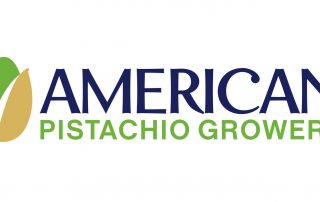Third ID Tool for Industry, Available at Almond Conference
By The Almond Board of California
In the past few years, the Almond Board of California has introduced two identification manuals that have proven to be popular with thousands of almond growers, PCAs and others involved in orchard management. Soon, there will be a third.
At the 2022 Almond Conference in December, the final booklet in the identification series will be released, known as the Almond Disease and Nutrient Deficiency Identification Cards. As the name suggests, it will focus on common diseases and nutrient deficiencies that afflict almond trees and also provide management insights, provided by UC almond industry experts.
Prior to this new resource, the Almond Production Resources: Pests, Water and More Booklet was released in the 2020-21 crop year, followed by the Weed Identification Manual the next season. Both booklets are free and include easy-to-understand photos and captions to help growers and PCAs identify specific issues they may confront in the orchard.
Like the previous two booklets, the third manual was developed by the Almond Board in conjunction with experts associated with the University of California’s Department of Agriculture and Natural Resources team.
“This third ID set rounds out the family of tangible, easy to use resources that help key decision makers in their daily management of producing almonds” explained Jenny Nicolau, senior manager for industry relations and communications for the Almond Board.
Nicolau said the new booklet contains “calculated and well-informed production practices that can help a grower’s bottom line.” She added that reaction to the first two set of booklets has been “amazing,” and she expects a similar response this time.
“We continue to hear from pest control advisers and growers about how helpful the booklets have been to them,” she said. “And what we’re now hearing is kind of this pass along or domino effect where we know we gave a weed ID or a pest ID booklet to a grower or PCA and they don’t have it anymore. And the reason they don’t have it is that they passed it on to their farm manager or somebody on the labor team. … It’s really helping people identify what they’re seeing.”
Like the previous two booklets, the disease and nutrition guide will be laminated for durability.
“The idea was to create something that was very strong and heavy in pictures with brief descriptions that a grower or PCA could keep in their truck … that they could reference throughout the year when they need to identify different things in the orchard and remind them of some of those management tools available to them,” said Nicolau.
The Almond Disease and Nutrient Deficiency Identification Cards will be available for free at the ABC booth at next month’s Almond Conference, set for Dec. 6-8 at the SAFE Credit Union Conference Center in Sacramento. Attendees can register online now. As in years past, there will be hundreds of vendors representing all facets of the industry on the convention center floor as well as informative panel discussions on a variety of key topics.
Growers or PCAs who want a copy of the pest or weed booklets, or any other ABC resource, can request one by emailing the Almond Board’s Field Outreach Team at fieldoutreach@almondboard.com.















